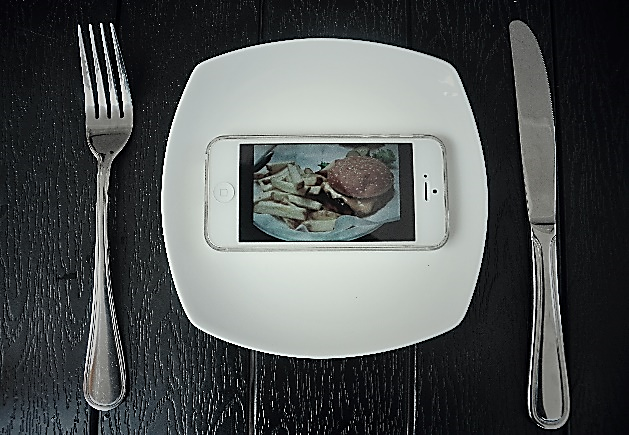“Any plans for tonight?”
People with disabilities: inclusive technology for planning and accessing activities outside the home during leisure time.
During the first call for projects in May 2021, eighteen teams submitted a proposal for exploratory research or a feasibility study. Five teams convinced the jury with their innovative project.
Thanks to the cheque received for the implementation of their exploratory research (CHF 10,000), this project team was able to refine its project proposal and reorient its research to meet the needs of people with disabilities (PWD) for out-of-home activities during their leisure time.

Training day
As part of the process proposed by the Innovation Booster Technology and Special Needs, the team participated in a training day in Sierre. Experts in anthropotechnology, ergonomics, collaborative action research and design thinking presented their participatory methodologies to the teams present, giving the team members concrete tools to strengthen the participation of the people concerned in their project
“The development of methodological knowledge in the field of design within a collaborative action research approach makes it possible to include a public that is often excluded from these approaches”, as one participant in the training day testified. In addition, it allows teams to consider their project by taking into account aspects such as “acceptability, viability and feasibility”.
Participatory research
“This participatory research was carried out in four stages inspired by the iterative process used by Design Thinking”, says the team. In addition to making use of the learnings linked to participatory methodologies, the team adds that they interviewed PWD with heterogeneous needs, as well as managers of cultural venues and managers of platforms or information sites linked to leisure.
This participatory research allowed the team to
- identify the needs of potential users, as well as the actors involved in the organisation of services
- draw up an inventory of available resources
- develop a pilot tool based on appropriate technology
- test the tool
The team was thus able to redefine the objective of its research, focusing on the development of a technology that would allow the description of an environment – through sensory characteristics – to be matched with that of a person’s profile. In a “proof of concept” approach, the research will initially work with people with autism spectrum disorders, focusing on one sensory aspect: sounds.
Continuation of the project and perspectives
As a result of the research carried out, the team decided to participate in the second call for projects of the Innovation Booster Technology and Special Needs and was selected for a new cheque to proceed with prototyping.
The proposed prototype is now part of a more global project and will be produced in collaboration with people with autism, a population largely affected by sensory particularities. These people will be involved in all stages of the prototype, from the construction of a sensory database, to the construction of a self-assessment tool, to the testing of the developed device.
